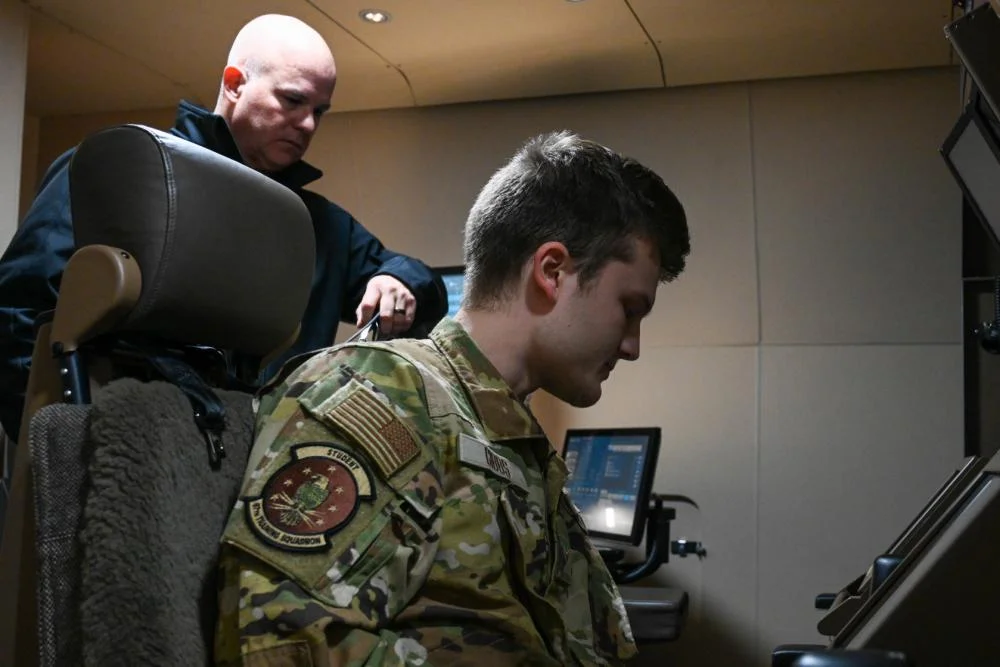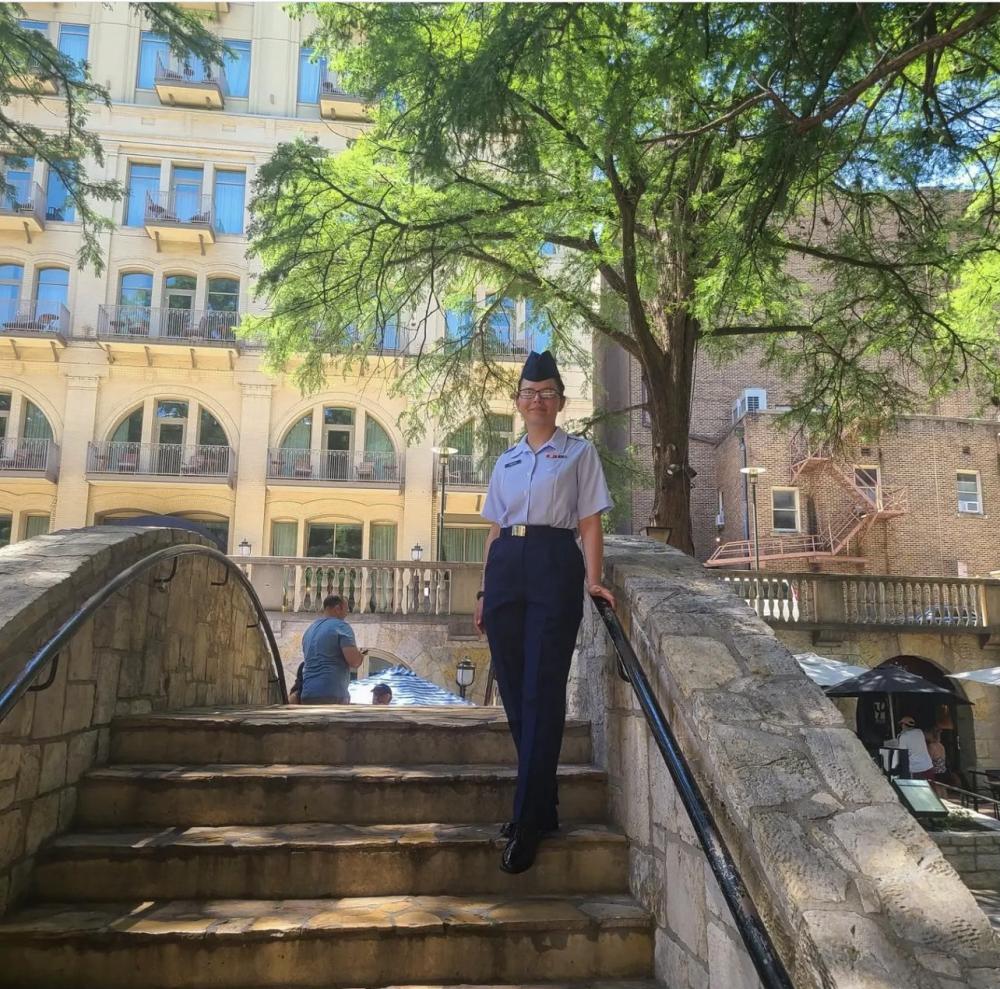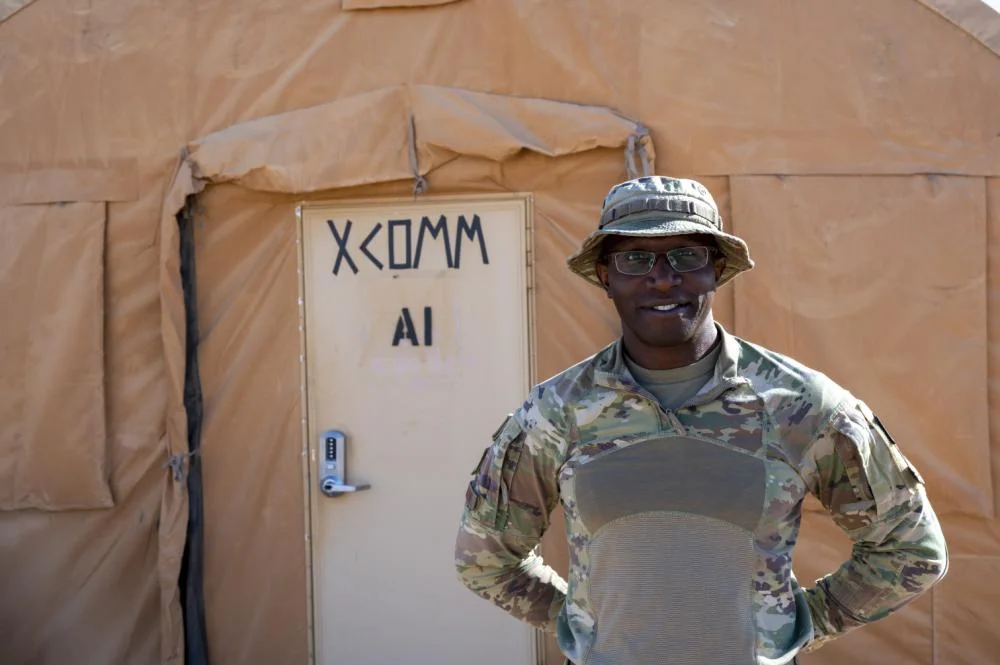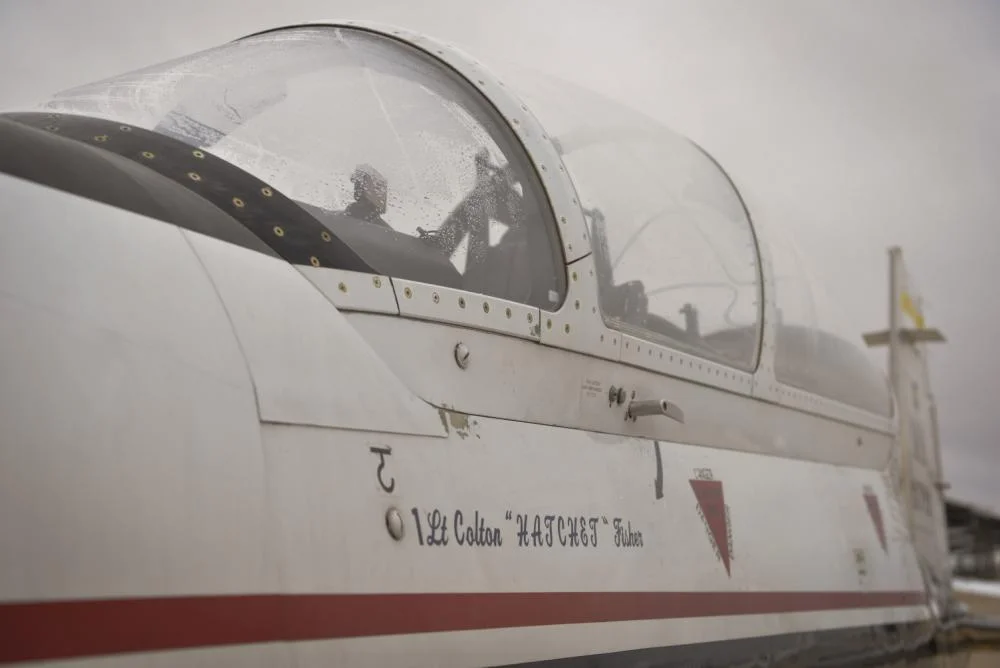iSportsmanX: A New Outdoor Xperience Coming Soon
VIRGINIA BEACH, Va., Nov. 30, 2022 /PRNewswire/ — iSportsman has been helping veterans, service members and their families get outdoors since 2009. Now, iSportsman aims to bring that same great service to its users both on and off base. In hopes of becoming the go-to outdoor recreational service platform for veterans, service members and their families, iSportsman has many internal operations scheduled for 2023. iSportsmanX is the first of these exciting, planned services.
iSportsmanX is a powerful outdoor activity search optimization tool that allows users to find recreational outings both around their location and elsewhere. iSportsmanX uniquely shows opportunities available through third-party recreational locations, in addition to iSportsman managed locations and activities.
Inspired by the nomad lifestyle of those who serve, iSportsmanX is here to help service members get back into the outdoor hobbies they enjoy, no matter where they are.
A soft launch for iSportsmanX is anticipated by the middle of December 2022, with a hard launch forecasted in the beginning of 2023. iSportsmanX will be free and ready to use, complete with a list of soft launch features. Interested parties can access iSportsmanX by visiting iSportsman.net.
iSportsman is currently accepting beta test sign-ups. To sign up for the beta test and to receive an email notification when iSportsmanX goes live, please follow this link.
iSportsmanX is only the most recent addition to the iSportsman suite of services, which includes: iSportsmanGX, which proudly serves the U.S. military across all branches; and iSportsmanARX, which offers iSportsman features to non-military hunters and landowners. As a highly customizable software-as-a-service, iSportsman aims to meet the needs of all outdoor enthusiasts.
About iSportsman: iSportsman is the leading recreational program management solution in the nation, serving as the enterprise-level provider for the U.S. Army’s and U.S. Air Force’s hunting, fishing and firewood permit sales programs, as well as providing services to the U.S. Marine Corp, Army National Guard, and the U.S. Fish & Wildlife Services. iSportsman has been delivering SaaS and customized solutions to meet the needs of large-scale recreational programs for more than 12 years. iSportsman currently manages permit sales, access control, reporting and more for over 10.6 million acres of forest, fields, trails and waterways across the continental United States, Alaska and Hawaii. Visit isportsman.com for more information.
![]() View original content:https://www.prnewswire.com/news-releases/isportsmanx-a-new-outdoor-xperience-coming-soon-301690729.html
View original content:https://www.prnewswire.com/news-releases/isportsmanx-a-new-outdoor-xperience-coming-soon-301690729.html
SOURCE iSportsman



 Private Internet Access gives you unparalleled access to thousands
of next-gen servers in over 83 countries and each US state. Your
VPN experience will always be fast, smooth, and reliable.
Private Internet Access gives you unparalleled access to thousands
of next-gen servers in over 83 countries and each US state. Your
VPN experience will always be fast, smooth, and reliable.
![DVIDS – Images – A Republic of Korea Air Force C-130H Hercules arrives at Andersen AFB [Image 10 of 10] DVIDS – Images – A Republic of Korea Air Force C-130H Hercules arrives at Andersen AFB [Image 10 of 10]](https://101veterans.com/wp-content/uploads/2022/11/1669799687_1000w_q75.jpg.webp)






![DVIDS – Images – MCAS Iwakuni attends Tsuiki Air Festival [Image 5 of 6] DVIDS – Images – MCAS Iwakuni attends Tsuiki Air Festival [Image 5 of 6]](https://101veterans.com/wp-content/uploads/2022/11/1669626557_1000w_q75.jpg.webp)
![DVIDS – Images – USS Leyte Gulf (CG 55) Completes Replenishment-at-Sea [Image 4 of 6] DVIDS – Images – USS Leyte Gulf (CG 55) Completes Replenishment-at-Sea [Image 4 of 6]](https://101veterans.com/wp-content/uploads/2022/11/1669583252_1000w_q75.jpg.webp)
![DVIDS – Images – USS Leyte Gulf (CG 55) Completes Replenishment-at-Sea [Image 5 of 6] DVIDS – Images – USS Leyte Gulf (CG 55) Completes Replenishment-at-Sea [Image 5 of 6]](https://101veterans.com/wp-content/uploads/2022/11/1669539828_1000w_q75.jpg)